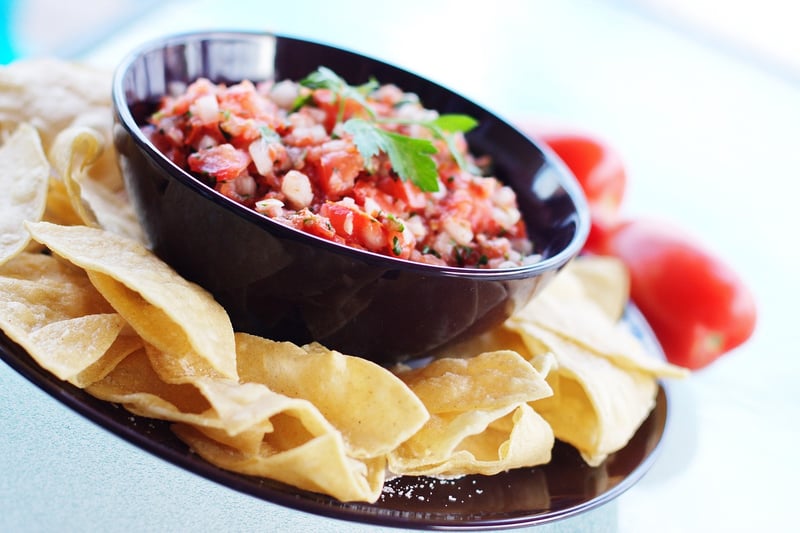Salsa
Expressive Movement and Rhythmic Flow: The Art of Salsa Dancing

Salsa dancing is more than just a dance; it's a vibrant expression of culture, passion, and rhythm. Originating in the Caribbean, particularly in Cuba and Puerto Rico, salsa has evolved into a popular dance form worldwide, known for its energetic movements and infectious beats.
The Essence of Salsa
At its core, salsa is a partner dance that involves intricate footwork, hip movements, and fluid arm styling. The dance is characterized by its syncopated steps and quick changes in direction, creating a dynamic and engaging experience for both dancers and spectators.
Expressive Movement
One of the key elements of salsa dancing is its emphasis on expressive movement. Dancers use their entire body to convey emotion, passion, and energy through their movements. From sharp turns to smooth dips and spins, salsa dancers communicate with each other and the music through their bodies.
Rhythmic Flow
Rhythm is the heartbeat of salsa dancing. The music, typically featuring Afro-Cuban beats, drives the dancers to move with precision and fluidity. Salsa dancers must feel the music in their bones, allowing the rhythm to guide their steps and lead them in sync with their partner.
Benefits of Salsa Dancing
- Improves cardiovascular fitness
- Enhances coordination and balance
- Boosts mood and reduces stress
- Fosters social connections and communication skills
Whether you're a seasoned dancer or a beginner looking to try something new, salsa dancing offers a unique blend of physical activity, artistic expression, and cultural immersion. So put on your dancing shoes, feel the rhythm, and let the music guide you on a journey of expressive movement and rhythmic flow.
Experience the joy of salsa dancing today!
Learn more about salsa dancing